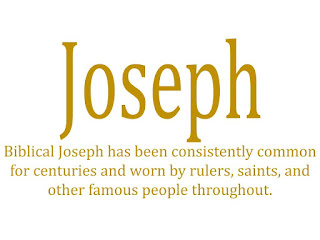10 Names that Made 2022
With 2022 coming to a close, it's time to reflect on the names that defined this year. Most of these names come from notable pop culture references or famous people. Anyway, here are ten names that defined this year: Bruno The song "We Don't Talk About Bruno" from Disney's Encanto topped the charts when 2022 started. Edwina This feminization of Edwin associated itself with Edwina, Kate Sharma's sister from the second season of Netflix's Bridgerton. Guillermo Guillermo de Toro released his stop-motion adaptation of Pinocchio late this year. It has been the most well-received take on the puppet's story since Disney's 1940 film. Harry Harry Style's song, "As It Was" became a popular hit in 2022. Kamala Kamala Khan is the titular character in the recent Disney Plus series, Ms. Marvel . The series introduced a young female superhero to the Marvel canon. Lavender "Lavender Haze" is one of Taylor Swift's new songs from her...






